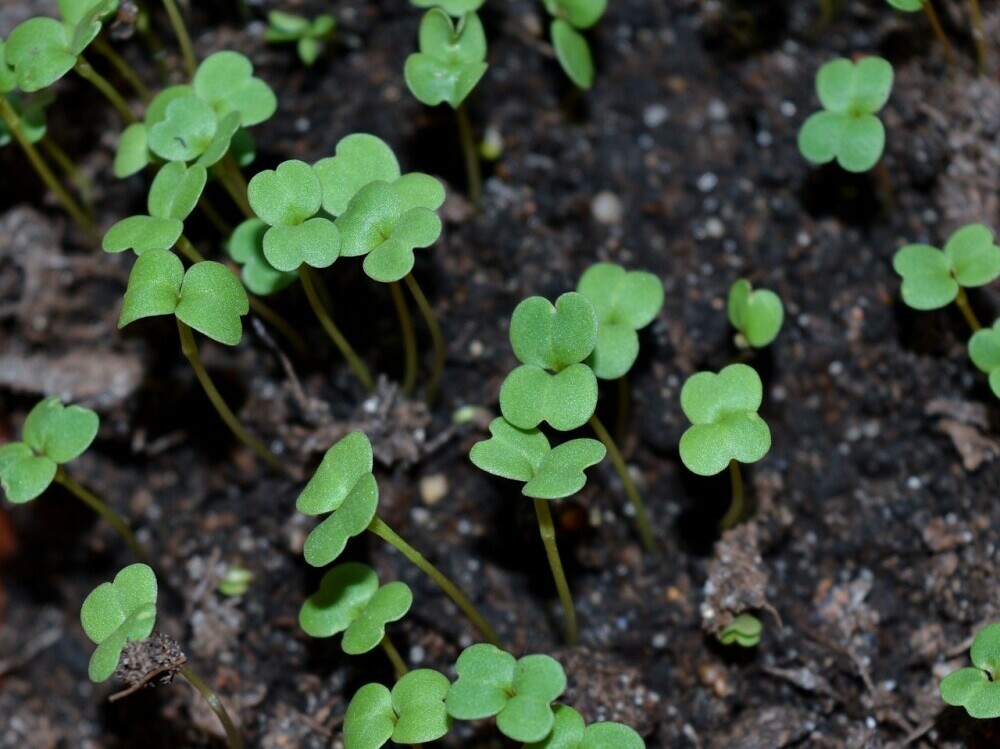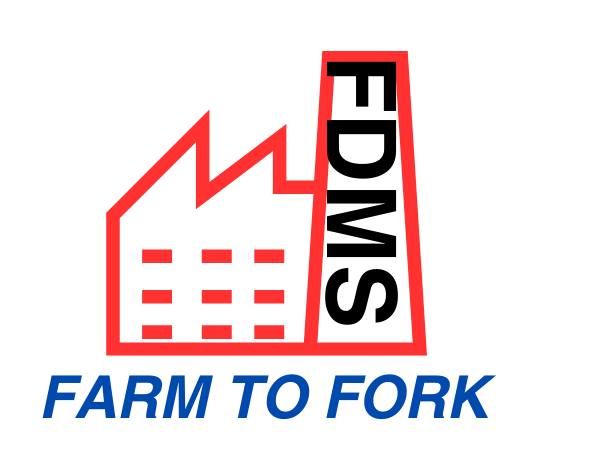You may have noticed the vibrant, tender shoots perched atop your gourmet dish or tucked into your favourite wrap at the sandwich shop. These aren’t just garnishes; they’re microgreens, young vegetable greens that are approximately 1-3 inches tall. They’re essentially the baby versions of plants like kale, arugula, radishes, and beets, harvested just after the first leaves have developed.

I’m here to shed light on why these tiny greens are worth your attention beyond their aesthetic appeal. Microgreens pack a significant nutritional punch. Researchers have found that these small but mighty plants contain higher levels of vitamins and antioxidants than their mature counterparts. This means adding a handful of microgreens can elevate not just the flavour profile of your meals, but also the health benefits.
Their popularity isn’t just blooming; it’s soaring. Microgreens have caught the eye of health-conscious consumers and innovative chefs alike, who appreciate both their nutritional value and their unique, intense flavours. They can range from peppery to tangy, and their texture can add a pleasing crunch or a delicate touch to a variety to which they belong.
The journey from seed to small-scale, nutrient-dense superfood involves specific conditions and careful timing that demand attention to detail. Understanding the lifecycle of microgreens is key to processing them effectively, which starts with their cultivation and leads to the crucial moment: harvest.
Cultivation to Harvest: Preparing Microgreens for Processing
Think of microgreens as miniature treasures of nutrition requiring careful cultivation. To get these delicate plants ready for processing, there’s a method to follow which can affect their flavour, nutrient content, and shelf life. Here’s the optimal approach to preparing microgreens right from planting to when they’re ready to be picked.
Start with selecting the right seeds. In my experience, you can’t go wrong with high-quality, untreated seeds specifically labelled for microgreens. This can make all the difference in how they grow. Soil, too, is crucial. A fine-textured, organic seed-starting mix works best to ensure even germination and growth.

Next, focus on growing conditions. Consistent, moderate lighting is crucial—too little and they’ll struggle, too much and they risk getting scorched. Temperature also plays a part. I’ve found maintaining an environment between 60-70 degrees Fahrenheit fosters strong growth without bolting or wilting.
Now, let’s talk about water. Overwatering can spell disaster, leaving you with moldy, unusable crops. It’s a fine balance—keep the soil moist but never soggy. Watering from below helps prevent disease and doesn’t disturb the delicate seeds. I strongly recommend using clean, chlorinated water to avoid introducing any pathogens.
Finally, timing is everything. Microgreens typically reach their peak 7-21 days after planting, depending on the variety. They are ready when they’ve sprouted their first true leaves after the cotyledons—this is when they’re at their nutritional zenith. Harvesting too early or too late can impact both their flavour and nutritional value.
Harvesting requires a gentle hand. Use a sharp knife or scissors to cut the greens just above the soil line. Handling them gently is KEY. Minimise touching and crushing to preserve their structure and nutrient quality right up to processing.
Cleaning and Safety Standards in Microgreens Processing
I can’t overstate the importance of maintaining impeccable cleaning and safety standards when handling microgreens. These delicate greens require gentle yet thorough washing to remove soil, seeds, husks, and potential pathogens.
Food safety is a top priority in the microgreens industry. You want to ensure that the health benefits of microgreens are delivered without any risks. Adhering to safety standards, like those set by the FDA under the Food Safety Modernisation Act, is essential. It’s important to educate yourself and your staff on these guidelines to prevent foodborne illnesses.

Here are some preventive steps in the processing of microgreens:
– Start by using clean, sanitised equipment for washing and handling.
– Wash microgreens in cold water, as it’s less likely to damage them while also effectively reducing microbial load.
– Employ a salad spinner or similar device to gently rid the greens of excess moisture. This step is crucial for preventing mold and extending shelf life.
Remember, even the smallest oversight in cleaning can lead to contamination, which is why rigorous adherence to food safety protocols is paramount.
Once cleaned and safe, the next step is to ensure your microgreens remain fresh and appealing. Let’s move forward to drying and packaging, where I’ll provide valuable tips on extending the shelf life of these nutritious plants.
Drying and Packaging: Extending the Shelf Life of Microgreens
Once microgreens undergo a thorough cleaning, the next critical step is drying them. Excess moisture is the enemy here; it fosters bacterial growth and accelerates spoilage. Therefore, I focus on a method that’s both gentle and effective, like using a salad spinner, followed by patting the greens dry with a paper towel or laying them out on a clean surface to air dry.
But, air drying isn’t always enough, especially for more sensitive varieties of microgreens. I explore commercial options like a dehydrator for a controlled drying process that preserves the nutrients without cooking them. Whether air drying or using equipment, speed and careful handling are paramount to prevent bruising the delicate shoots and leaves.
Now, for packaging, I often recommend materials that allow the greens to breathe while maintaining a high level of humidity. Selecting the right packaging is as crucial as the drying process itself. It’s not just about aesthetics; it’s about creating an environment where microgreens can thrive. Breathable plastic containers or bags with small vents are effective options.
Packaging is also a golden opportunity for branding. Informative labels, including a brief description, nutritional information, and a clear use-by date, serve as silent salesmen on the shelves. This transparency builds trust with consumers who are increasingly scrutinising what they eat.
Proper storage conditions are the final puzzle piece. I place emphasis on temperature and humidity control, which needs to be consistent from the processing facility to the retail environment. Fluctuations can be devastating, so I invest in reliable refrigeration and observe best practices in logistic chains to ensure that the hard work put into growing and processing doesn’t go in vain.
I’m about to conclude with a look at taking those well-dried and packaged microgreens to the next level: how to market them effectively and establish a network that gets these tiny treasures from the farm to the table without compromising their quality.
From Farm to Table: Marketing and Distributing Processed Microgreens
I’ve covered the finer points of producing and packaging microgreens, always tuned to quality and safety. Now it’s time to share these tiny nutritional powerhouses with the world. The success of a microgreen business doesn’t just rely on growing an exceptional product; MARKETING and distribution also play a crucial role.
Understanding your target market is the first step. Are you aiming to supply local restaurants, health-conscious consumers, or perhaps both? Restaurants love the fresh, vibrant addition of microgreens to their dishes, while individuals might seek them out for their health benefits.
Creating appealing branding and packaging is essential, as it’s often the first point of interaction with consumers. Your message should be clear: these microgreens are not just fresh but packed with nutrition and grown with care.
Online platforms offer a great avenue to showcase your product, connect with customers, and share insights about the cultivation and benefits of microgreens. Using social media, a well-maintaining website, and online marketplaces can broaden your reach.
Don’t overlook the importance of a reliable distribution network. Whether you’re self-delivering to local establishments or using courier services for wider distribution, be assured the microgreens reach their destination quickly and in top condition.
By focusing on quality, establishing a strong brand, and having an effective distribution system, your microgreens can go from being tiny seeds to stars on the plate, nourishing customers with their intense flavours and concentrated nutrients.

